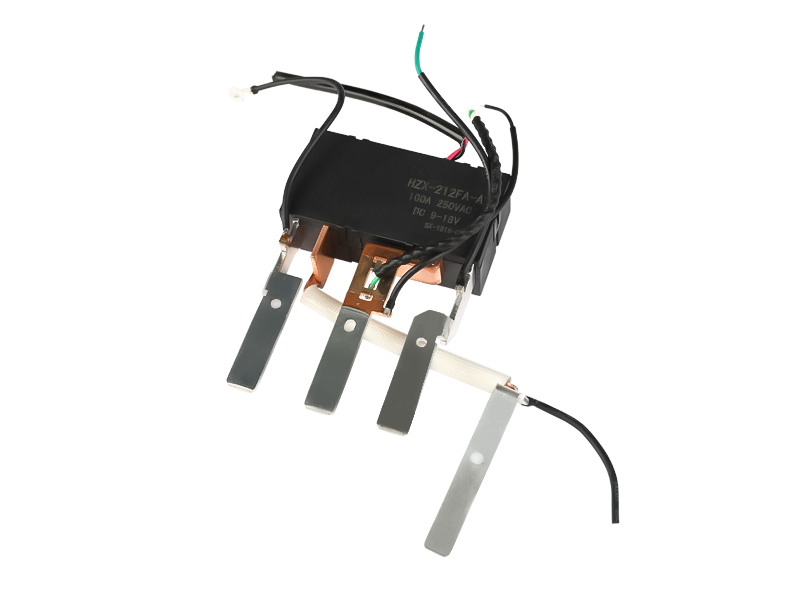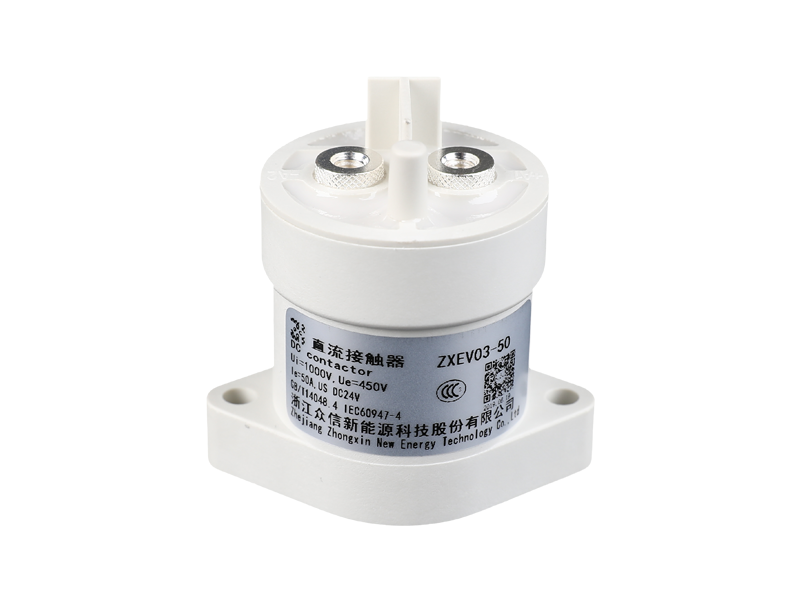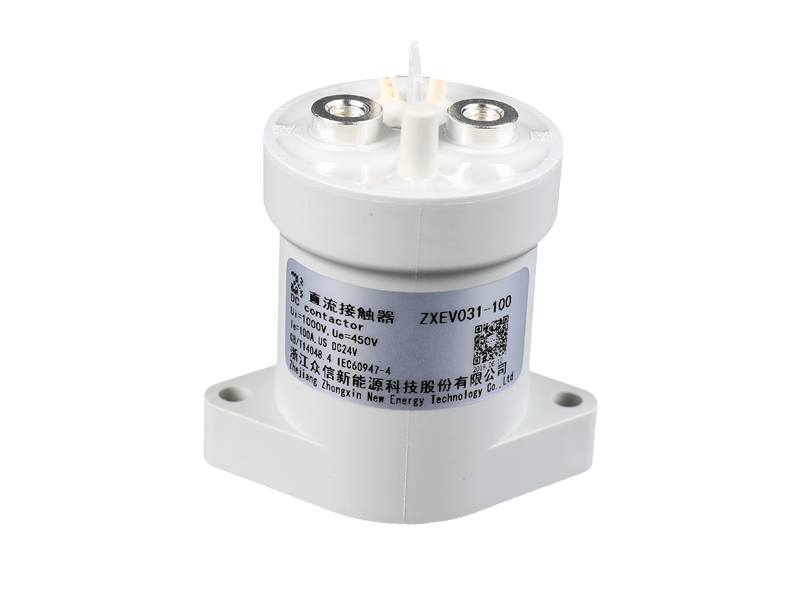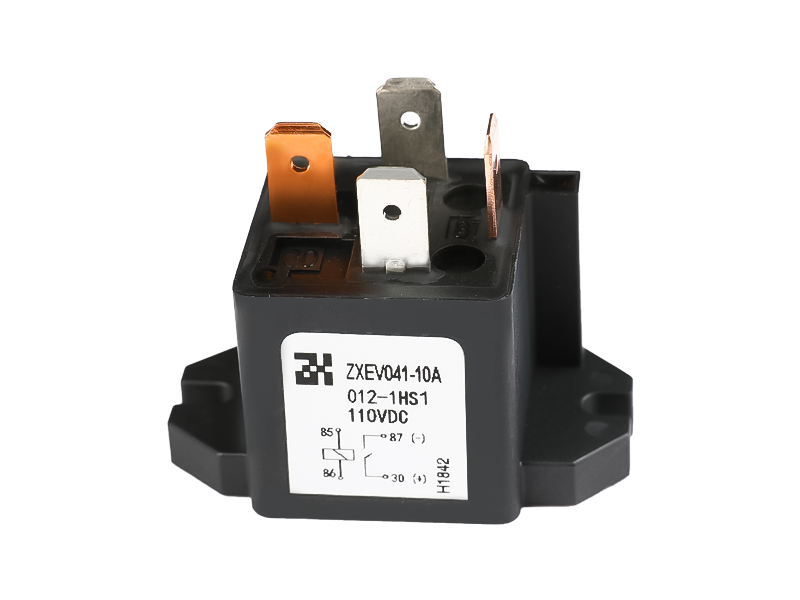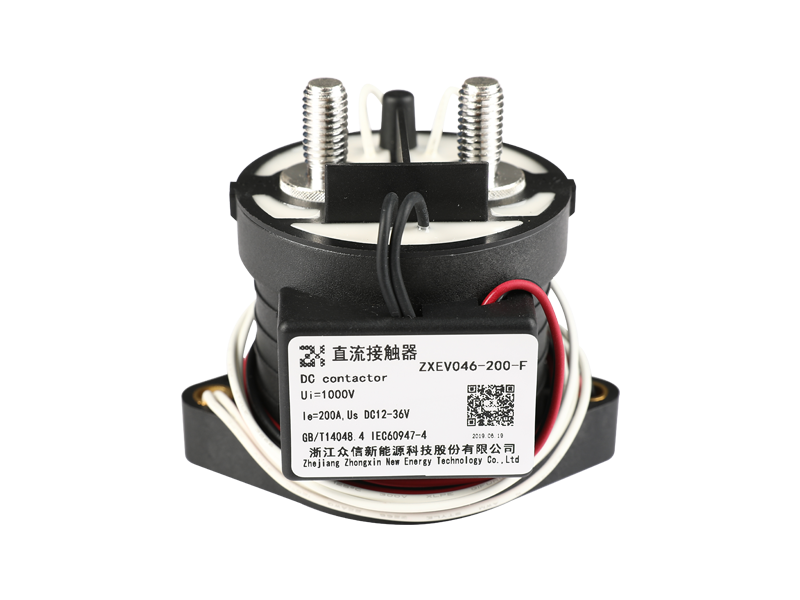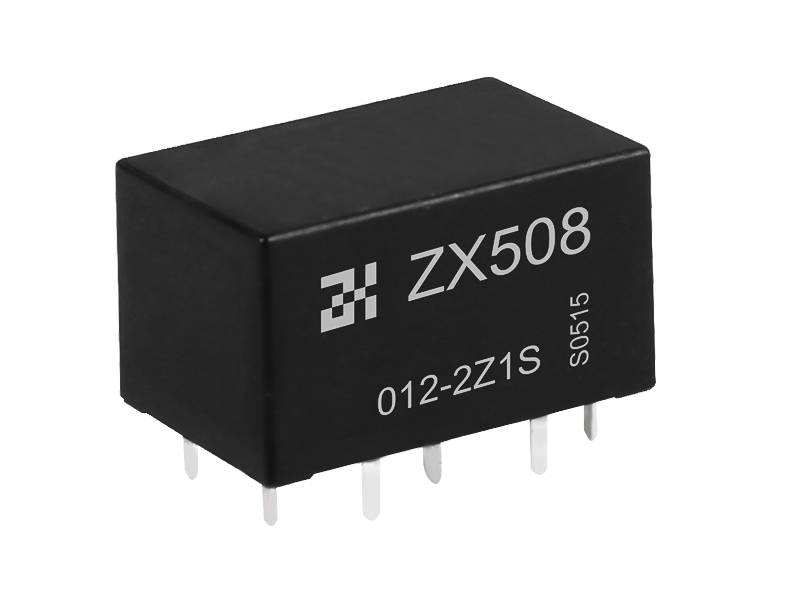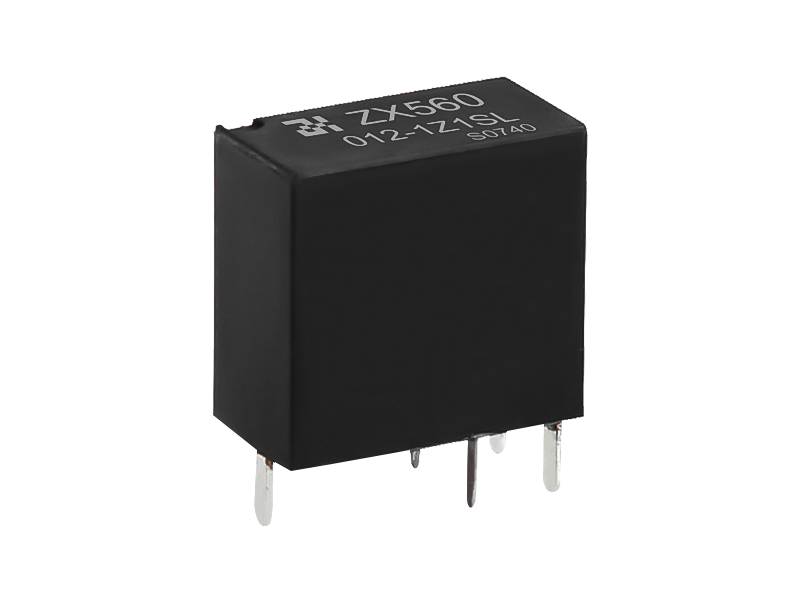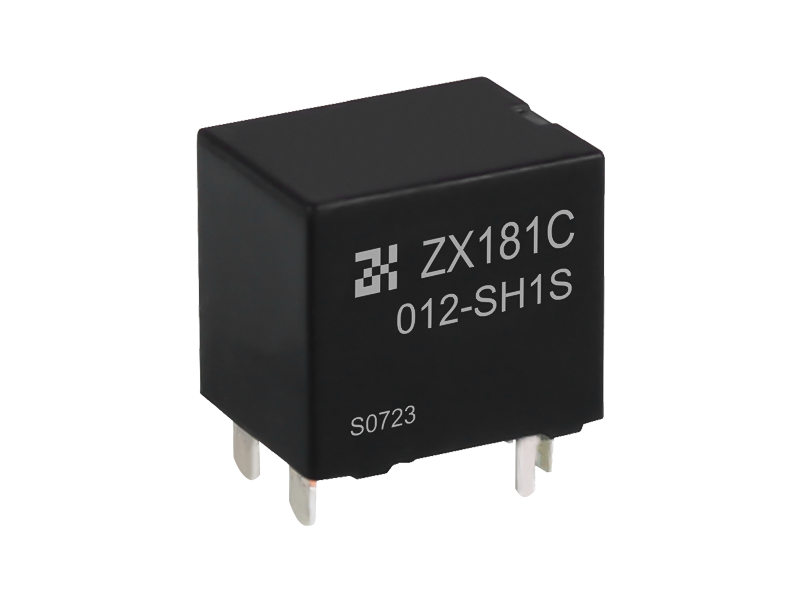Magnetic latching relays, also known as bistable relays, indeed utilize a permanent magnet in conjunction with a coil and armature mechanism to control the switching action. These relays have two stable states, or positions, and they "latch" into these states until a specific electrical pulse or signal is applied to change their position.
Here's how they work:
Permanent Magnet: The relay has a permanent magnet, which creates a magnetic field around it.
Coil and Armature Mechanism: There is a coil of wire and an armature (a movable component) within the relay. When a current is applied to the coil, it generates a magnetic field. The armature is attracted to or repelled by this magnetic field, depending on its polarity.
Latching Action: The relay has two stable positions, often referred to as SET and RESET. The permanent magnet helps maintain these positions. When the coil is energized, it either attracts or repels the armature, causing it to move and latch into one of these positions.
Low Power Consumption: Once the relay is in either the SET or RESET state, it requires no power to maintain that position, unlike standard relays that need a continuous supply of power to stay in one state.
Pulse to Switch: To change the relay's state, a specific electrical pulse or signal is applied to the coil. This pulse temporarily overpowers the magnetic force of the permanent magnet and moves the armature to the opposite position. Once the pulse is removed, the relay latches into this new state until another pulse is applied.
Magnetic latching relays are often used in applications where power consumption is a critical concern, such as in battery-operated devices or systems where power needs to be conserved. They are also used in scenarios where the relay's state needs to be maintained even in the absence of power. These relays are commonly found in industrial control systems, automotive applications, and various electronic devices.

